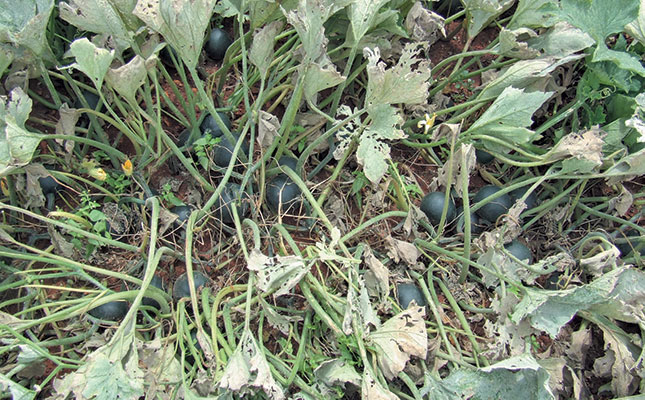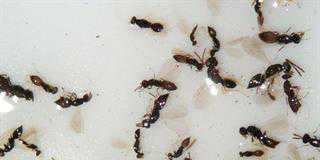
When using a systemic product, many farmers are lax about foliar coverage, believing that the chemical will spread throughout the plant and control the pest wherever it happens to be.
The problem is that most systemic crop protection chemicals are translaminar – they can move within the leaf, but cannot enter the stems and be transported to other leaves or parts of the plant.
Another difficulty with systemic products is that, even at the correct rate, distribution within the plant is not uniform. This contributes to bugs or pathogens building up immunity to the chemical. The survivors’ offspring will be unaffected by lower doses of the chemical in question. Increasing the dose only provides a temporary respite.
Bugs or pathogens that reproduce rapidly become resistant sooner. I have seen this happen often. In my early farming days, we often used insecticidal dusts as a way of getting penetration to all parts of the plants without sophisticated sprayers.
I recall a farmer using thiodane dust on his cabbage seedlings and seeing the diamond back moth larvae that he was trying to control making clear paths through the thiodane dust on the leaves – not affected one bit!
Systemic fungicide
I also remember evaluating the first systemic fungicides for powdery mildew and being stunned by the results. My first impression was that this was the end of the road for the disease. But it wasn’t long before resistance became evident, and this has happened with all subsequent products.
Resistance is not just due to poor coverage and a low application rate; it is also due to not changing to a pesticide with a different mechanism. When you make the switch, you kill the pests that have started to build up resistance to the previous product. Far too many farmers do not alternate their crop chemicals often enough.
Remember, you not only compromise your own pest control by poor spraying protocols – you affect the entire district. Pests do not respect boundaries!
The homeland ticks
A classic example of this was in the days when government inspectors would monitor livestock dips in the homelands.
They ensured that all farmers used the same product at the correct concentration, then made sure they changed to a different category of pesticide at the same time to prevent build-up of resistance by the ticks.
In the rest of the country, farmers used whatever they wanted. As a result, the homeland ticks were controlled by the old products for decades, whereas the same tick species had become immune to these products in the rest of South Africa.
Resistance is inevitable, but the rate at which it happens is in the farmer’s hands.
Bill Kerr is a vegetable specialist and a breeder of a range of vegetables.












